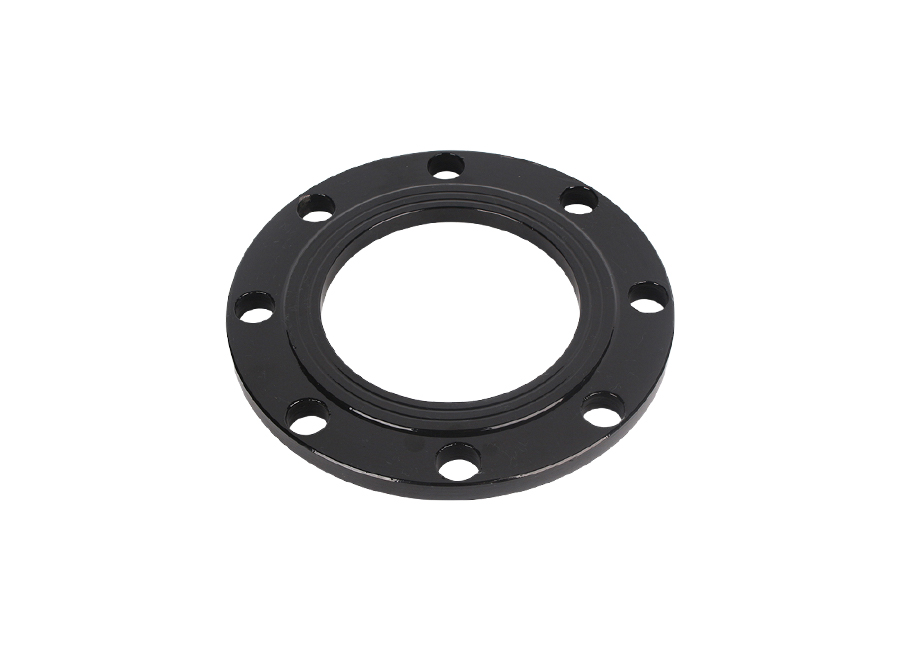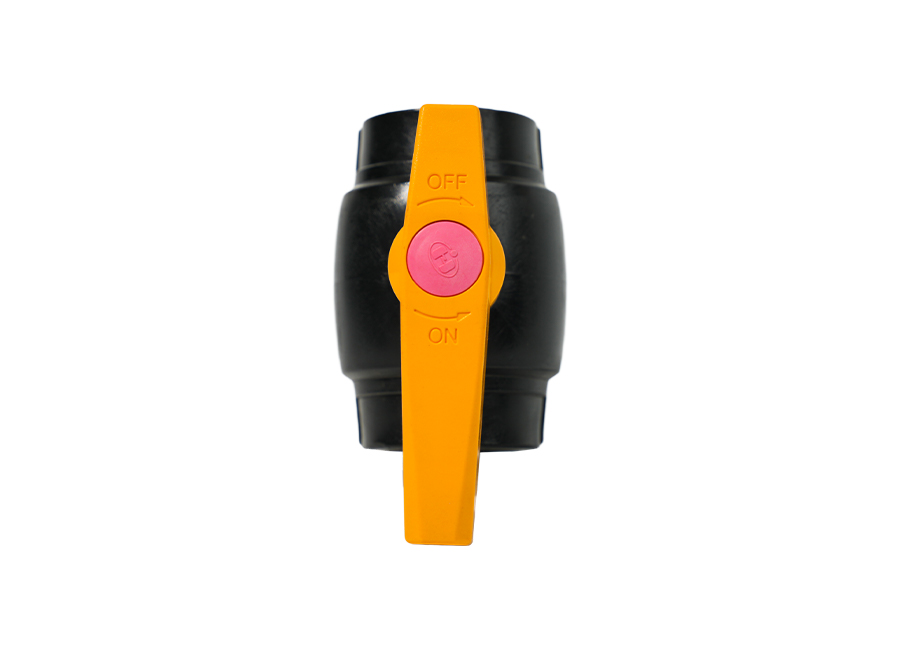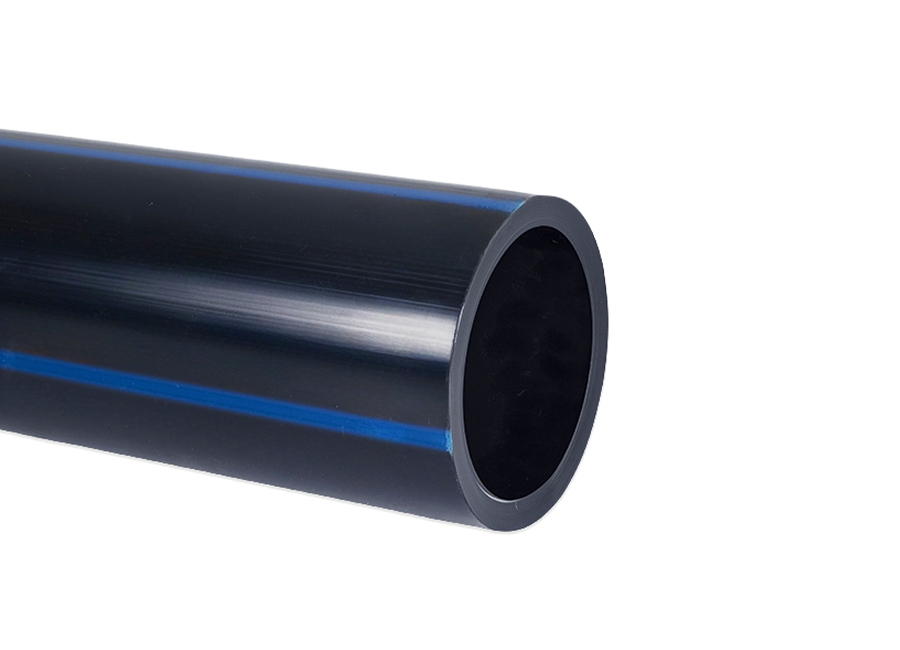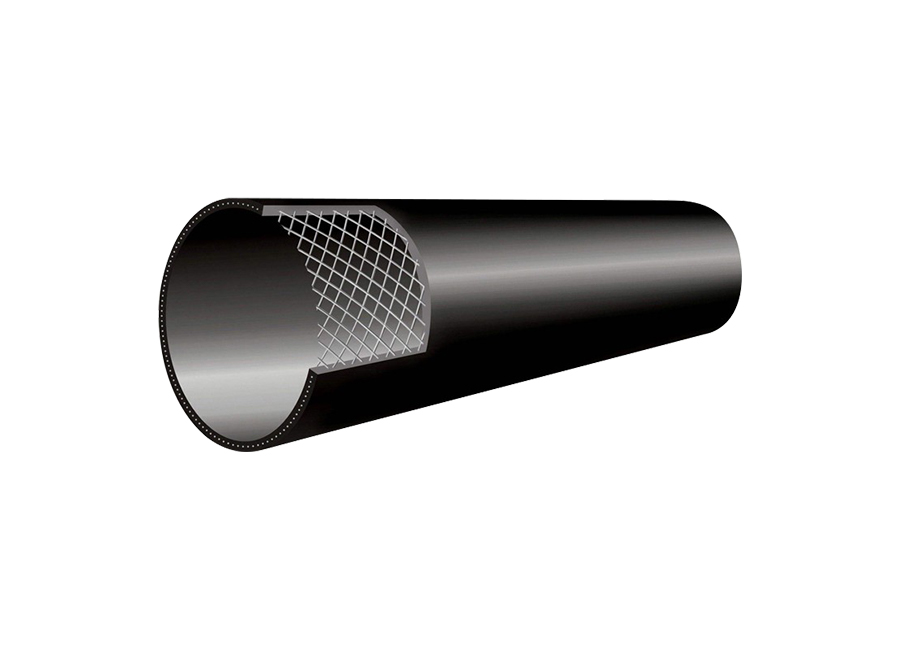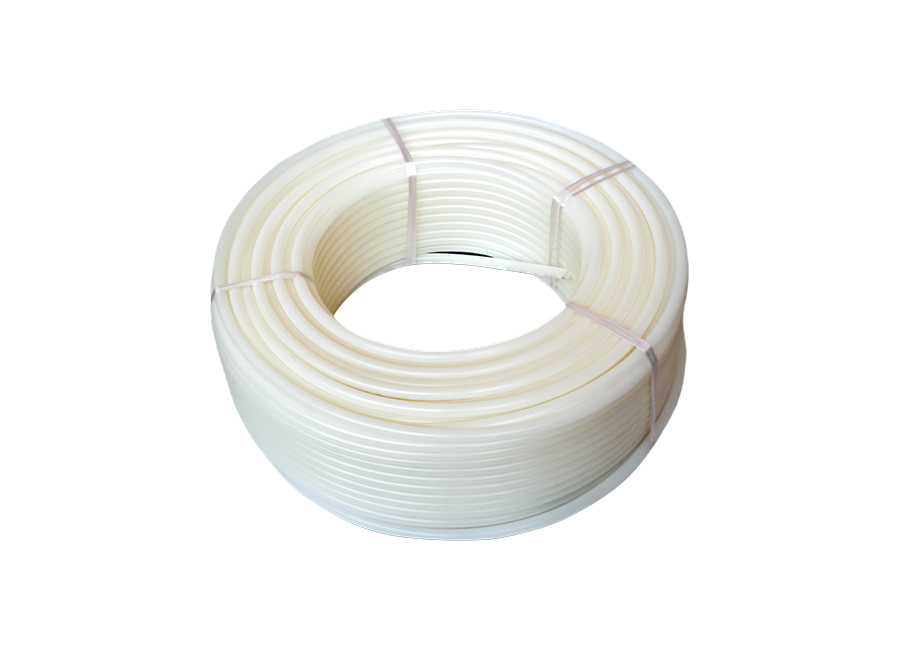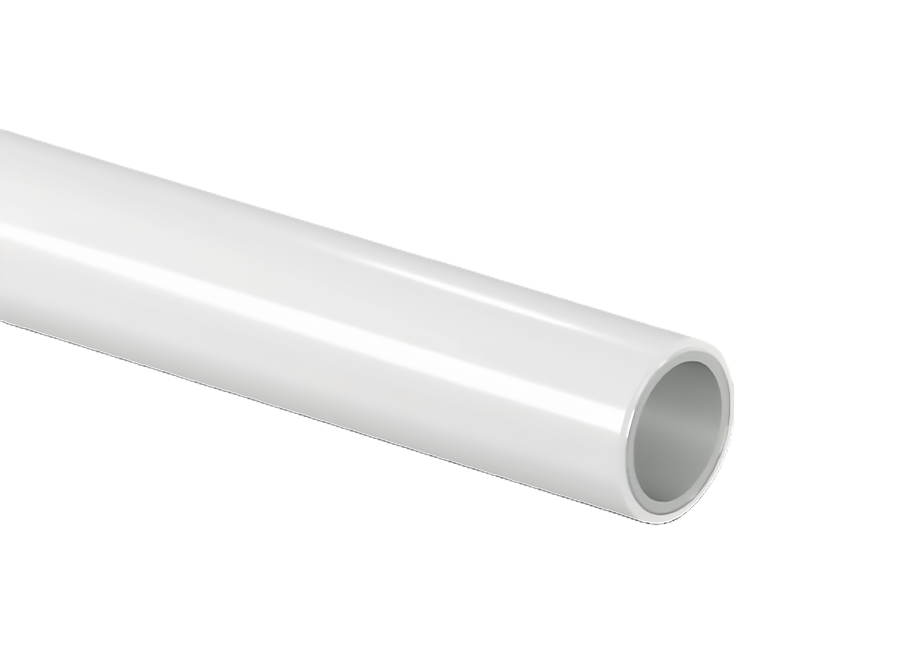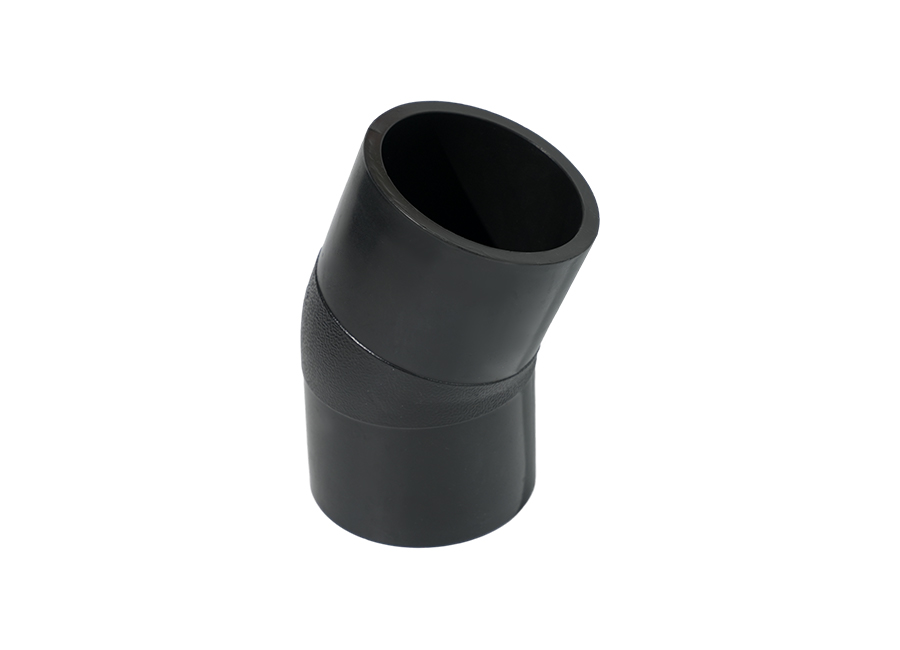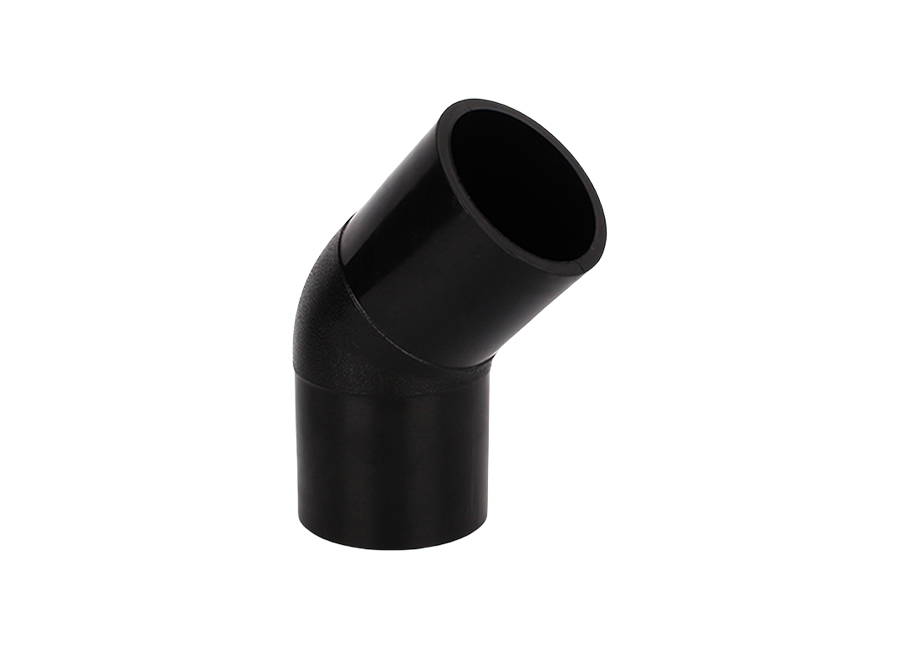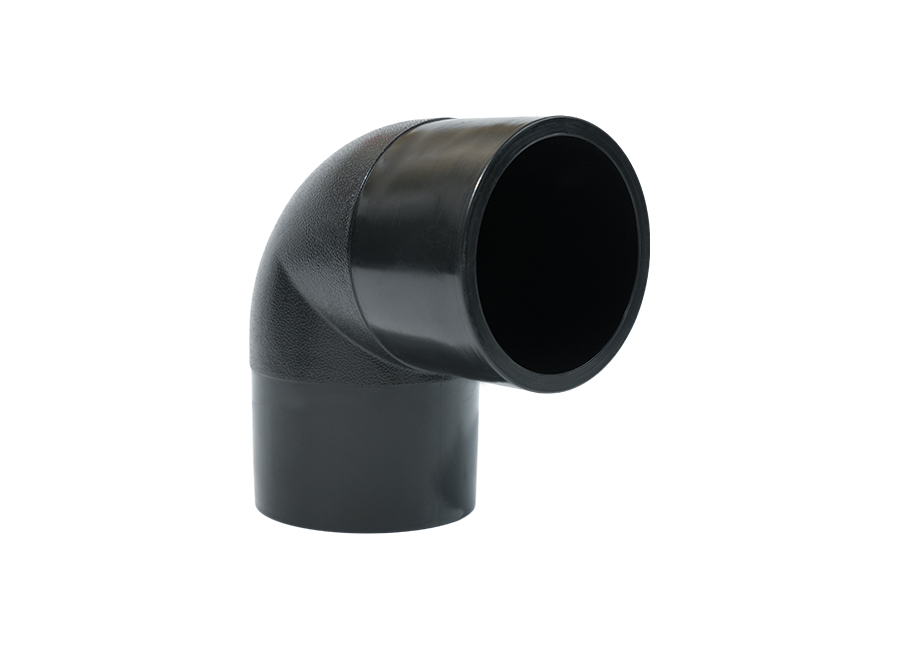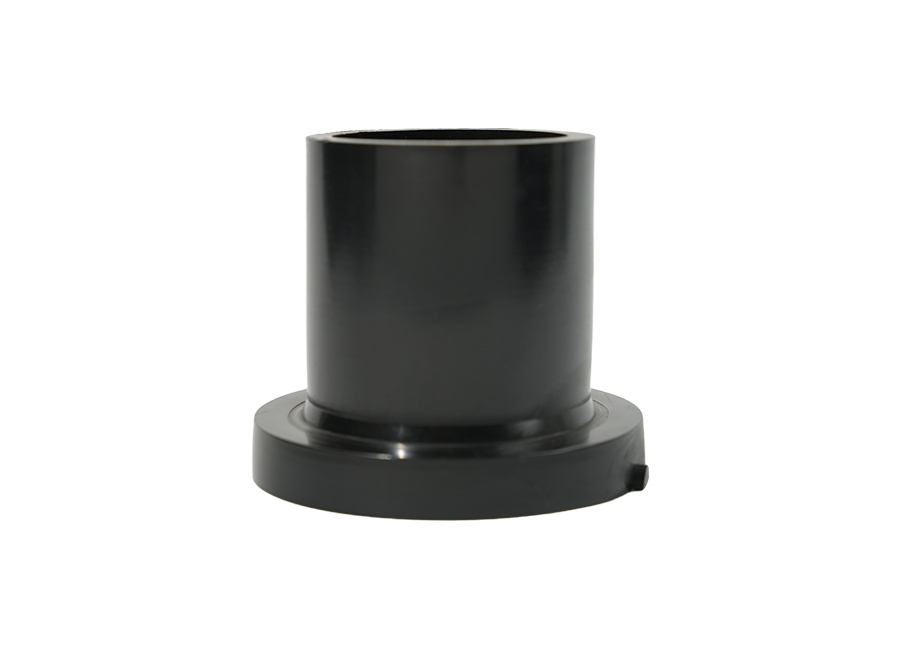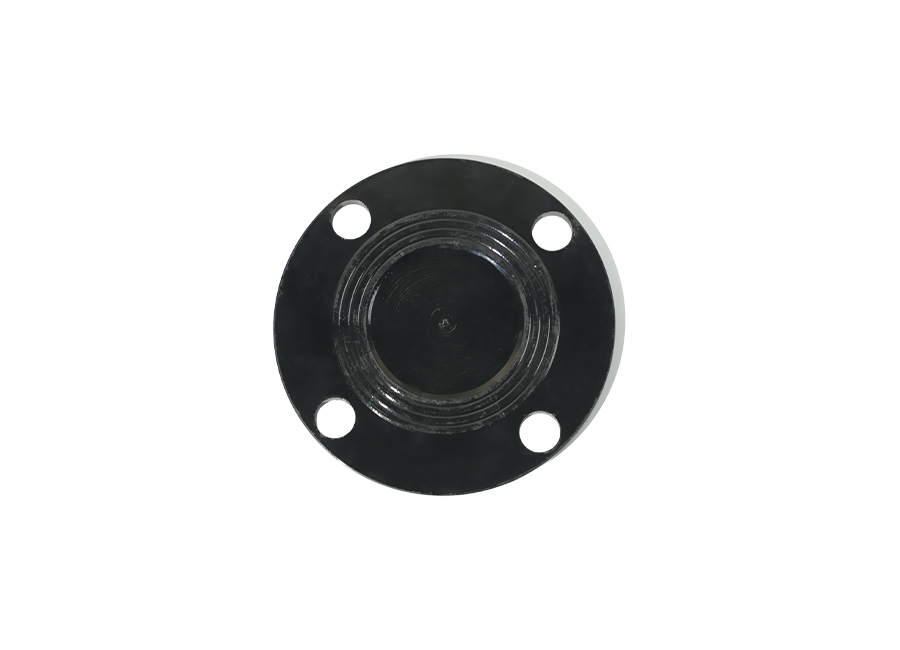PERT pipe (Polyethylene of Raised Temperature Resistance pipe) is an advanced type of polyethylene pipe designed to withstand higher temperatures than standard PE pipes while maintaining excellent flexibility and durability. It is widely used in plumbing, underfloor heating, district heating, and hot water distribution systems due to its superior thermal resistance and ease of installation. While PERT shares similarities with both traditional PEX (Cross-linked Polyethylene) pipes and PE (Polyethylene) pipes, it has distinct characteristics that make it a preferred choice in various applications.
One of the key differences between PERT pipe and traditional PE pipe lies in its ability to handle elevated temperatures. Standard PE pipes, such as PE100 or PE80, are commonly used for cold water supply and gas distribution but are not designed for long-term exposure to high temperatures. In contrast, PERT pipe is manufactured using a specially modified molecular structure that enhances its resistance to heat while retaining the flexibility and processability of regular polyethylene. This makes PERT a better option for applications requiring continuous exposure to hot water, such as hydronic heating and domestic plumbing systems.
When comparing PERT pipe to PEX pipe, the primary difference is in the manufacturing process and material structure. PEX pipes undergo a cross-linking process that alters their molecular structure, making them highly resistant to heat, pressure, and chemical degradation. This cross-linking enhances their durability but also reduces their recyclability and flexibility during installation. PERT, on the other hand, does not require cross-linking to achieve high-temperature resistance. Instead, it is engineered using special resin formulations that provide similar thermal properties without the need for post-processing modifications. This means that PERT pipes are fully recyclable and can be thermally welded, a feature not possible with PEX pipes, which require mechanical fittings or specialized expansion connections.
Another significant advantage of PERT pipe over PEX is its installation flexibility. Since PERT does not undergo cross-linking, it maintains a higher level of ductility and ease of bending, making it simpler to work with during installation. Unlike PEX, which may require special expansion tools for fittings, PERT can be joined using heat fusion techniques, including butt welding and electrofusion, creating seamless, leak-free connections. This provides an advantage in large-scale plumbing and heating applications where long pipe runs and secure connections are essential.
Durability and longevity also differentiate PERT pipe from both PE and PEX pipes. While all three materials offer excellent resistance to corrosion and scaling, PERT pipes are particularly known for their ability to withstand long-term exposure to high temperatures without significant degradation. They retain their flexibility and structural integrity over decades of use, making them a cost-effective solution for modern heating and plumbing systems.

 English
English 中文简体
中文简体 русский
русский عربى
عربى


